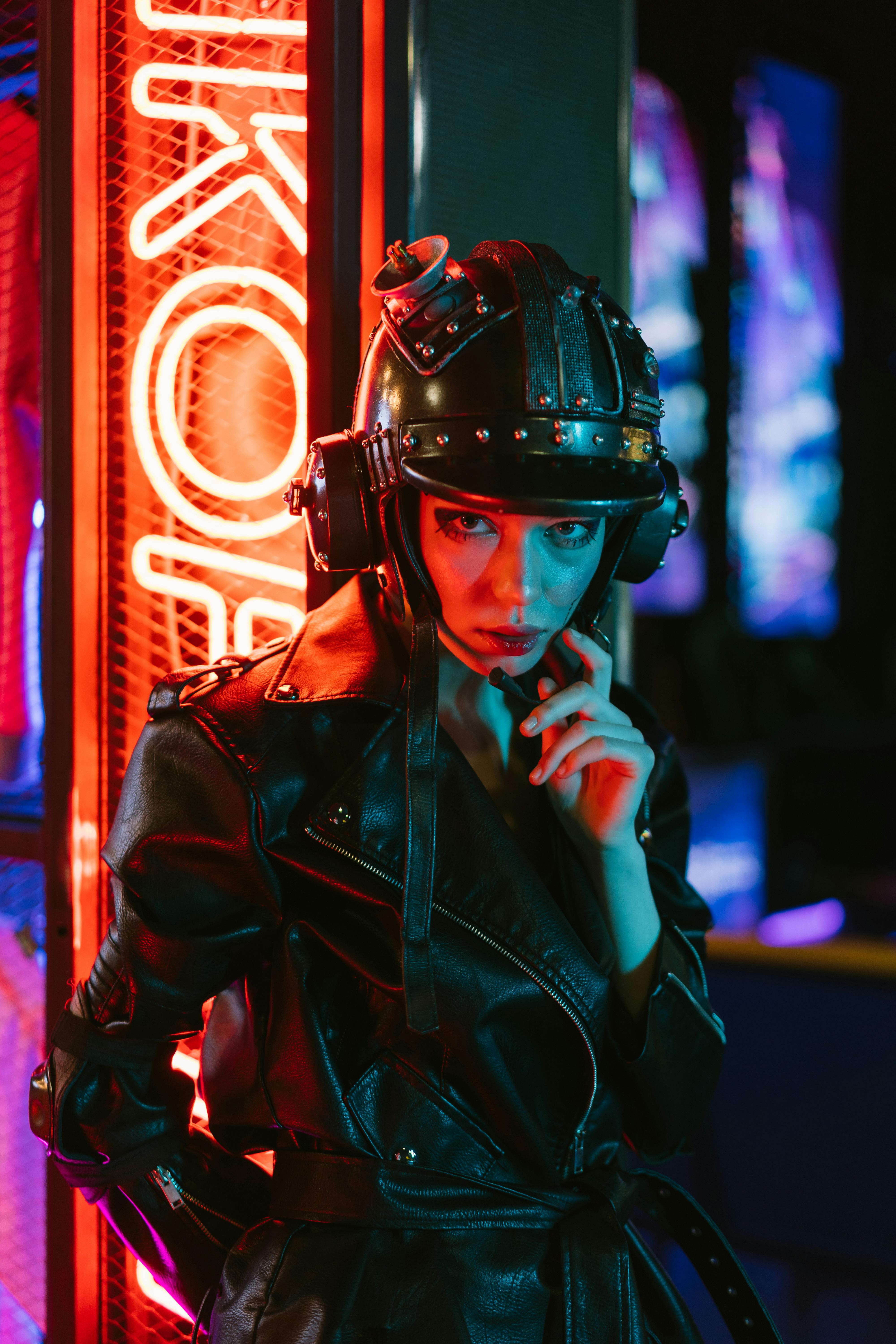Neon Renaissance: The Luminous Revival of Retro Aesthetics
In the dimly lit alleys of urban nightscapes, a vibrant revolution is unfolding. Neon, once relegated to the dusty corners of nostalgia, is experiencing a dazzling resurgence across art, design, and popular culture. This electrifying comeback is more than mere retro fascination; it's a bold statement on modernity's relationship with the past and a testament to the enduring allure of luminous expression.

From Kitsch to Cool: Neon’s Cultural Trajectory
As with many trends, neon experienced a decline in popularity towards the end of the 20th century. Often associated with tacky signage and dated design, it fell out of favor as LED technology emerged. However, the cyclical nature of trends, combined with a growing appreciation for retro aesthetics, has catapulted neon back into the spotlight. Today, neon is no longer just a relic of the past but a vibrant medium for contemporary expression, embraced by artists, designers, and brands alike.
Neon in Contemporary Art
The art world has wholeheartedly embraced neon’s resurgence, with numerous contemporary artists incorporating luminous tubes into their work. Tracey Emin’s confessional neon pieces have become iconic, blurring the lines between personal narrative and public display. Meanwhile, artists like Olivia Steele use neon to create thought-provoking installations that challenge viewers’ perceptions of space and meaning. This renewed interest in neon as an artistic medium has led to exhibitions dedicated solely to light-based art, cementing its place in the contemporary art canon.
The Digital Glow: Neon in the Virtual Realm
Interestingly, neon’s revival isn’t limited to physical spaces. The aesthetic has found a new home in the digital world, particularly in graphic design and social media. The neon look, characterized by vibrant colors and a luminous glow, has become a popular filter on Instagram and a go-to style for digital artists. This virtual manifestation of neon aesthetics has introduced the style to a new generation, further fueling its popularity and ensuring its relevance in the digital age.
Neon in Fashion and Product Design
The fashion industry has also caught the neon fever, with designers incorporating luminous colors and light-inspired elements into their collections. From neon-hued accessories to glow-in-the-dark fabrics, the runway has become a showcase for this electrifying trend. Beyond fashion, product designers are embracing neon in everything from home decor to tech gadgets, offering consumers a way to bring a touch of luminous nostalgia into their everyday lives.
The Environmental Consideration
As neon enjoys its renaissance, it’s important to note the environmental implications of this trend. Traditional neon signs, while iconic, consume significant energy and contain potentially harmful gases. However, the modern revival has seen a shift towards more eco-friendly alternatives. LED neon, which mimics the look of traditional neon but uses less energy and contains no hazardous materials, has become increasingly popular. This evolution allows for the continuation of the neon aesthetic while addressing contemporary environmental concerns.
Cultural Nostalgia and Futurism
The neon revival speaks to a broader cultural phenomenon: the simultaneous embrace of nostalgia and futurism. Neon represents a connection to a romanticized past, evoking memories of mid-century Americana and the glitz of early Las Vegas. At the same time, its association with science fiction and cyberpunk aesthetics positions it as a symbol of the future. This duality allows neon to bridge generational gaps, appealing to those who remember its heyday and those discovering its allure for the first time.
The Future of the Neon Renaissance
As we look to the future, the neon renaissance shows no signs of dimming. Its influence continues to spread across various creative fields, from architecture to advertising. The adaptability of neon aesthetics to both physical and digital realms ensures its relevance in an increasingly tech-driven world. Moreover, as artists and designers continue to push the boundaries of what’s possible with light-based art, we can expect to see even more innovative and thought-provoking uses of neon in the years to come.
In conclusion, the neon renaissance is more than just a fleeting trend; it’s a multifaceted cultural phenomenon that reflects our complex relationship with technology, nostalgia, and artistic expression. As cities around the world once again light up with the warm glow of neon, we’re reminded of the enduring power of light to captivate, inspire, and transform our visual landscape. The future, it seems, is bright – and bathed in the vibrant hues of neon.




